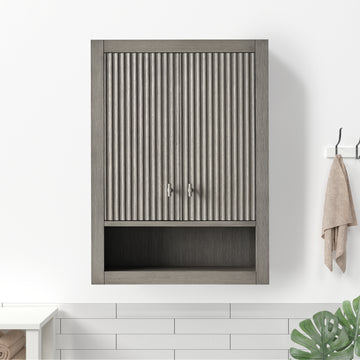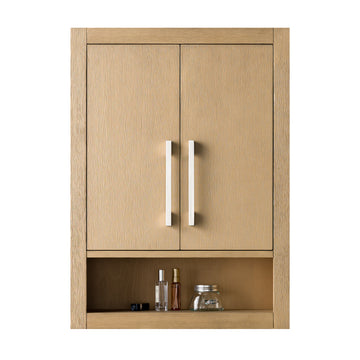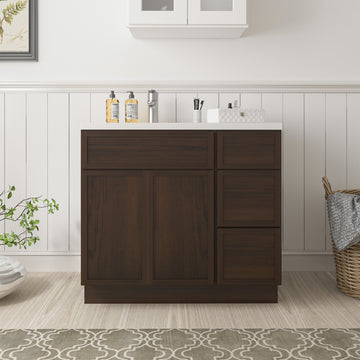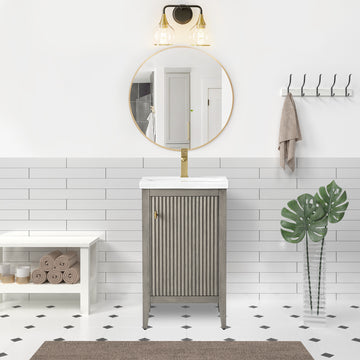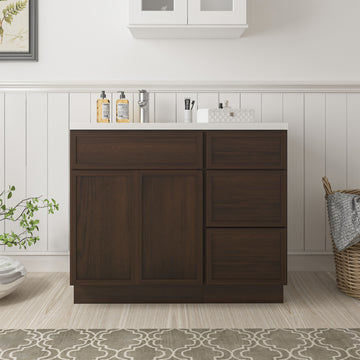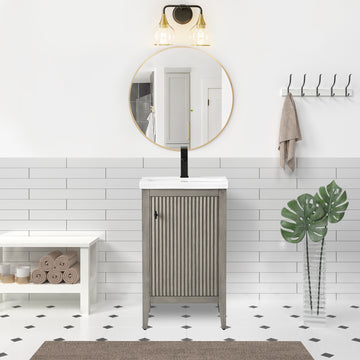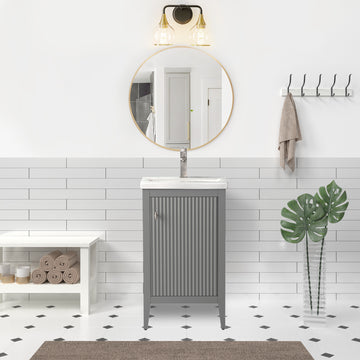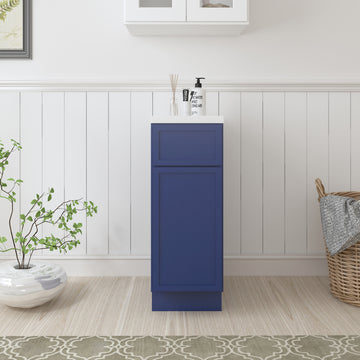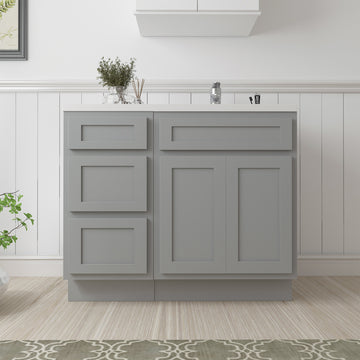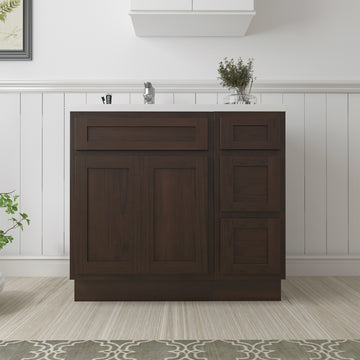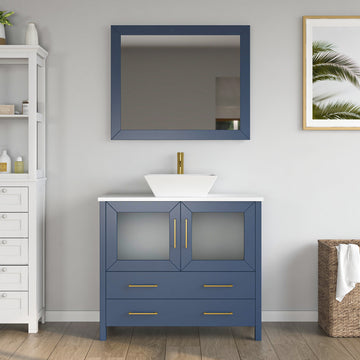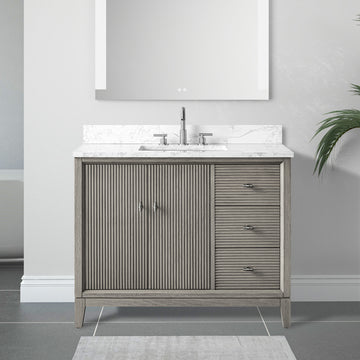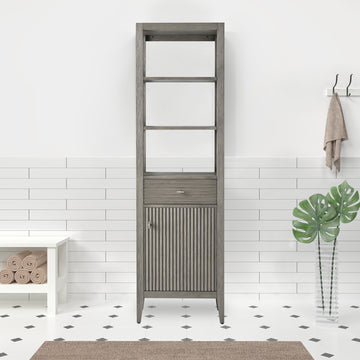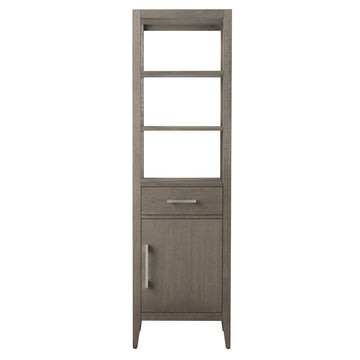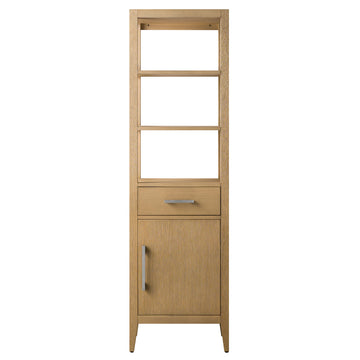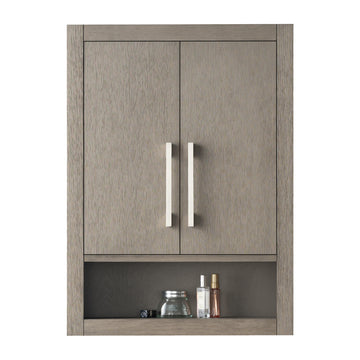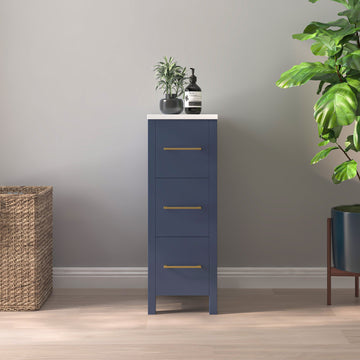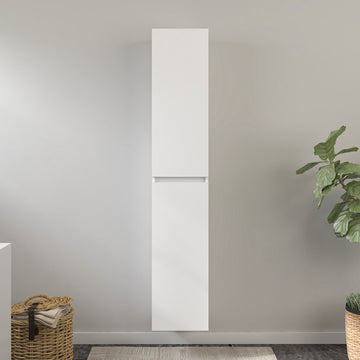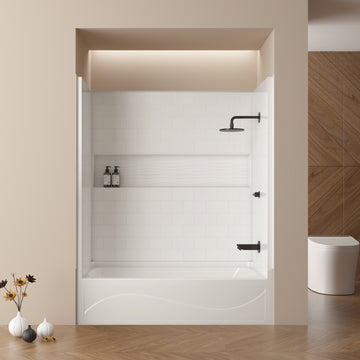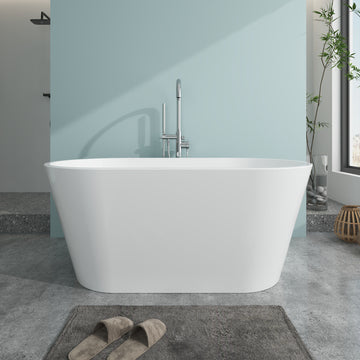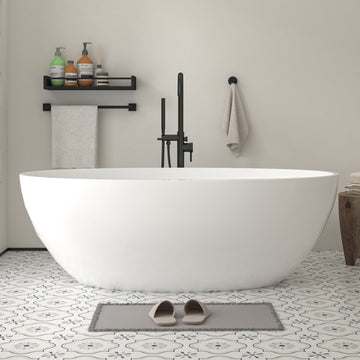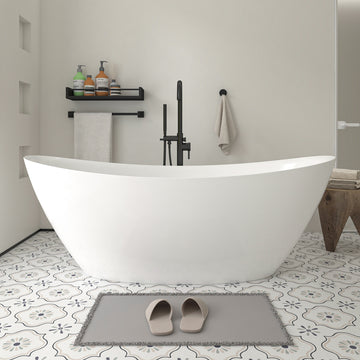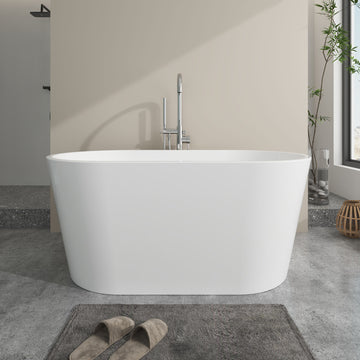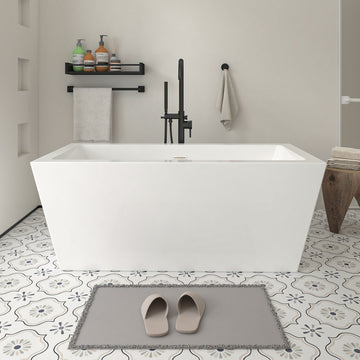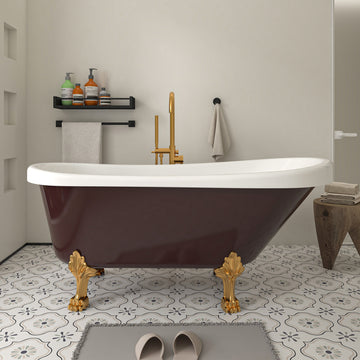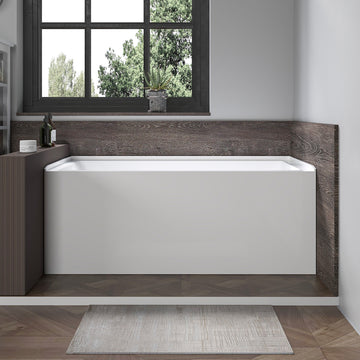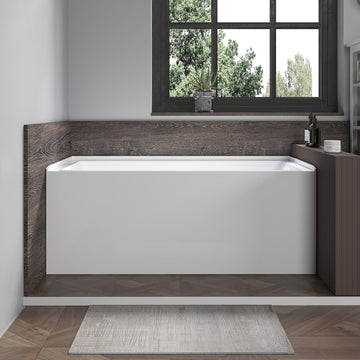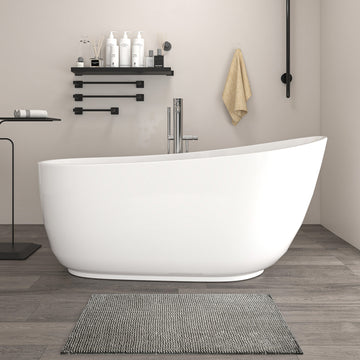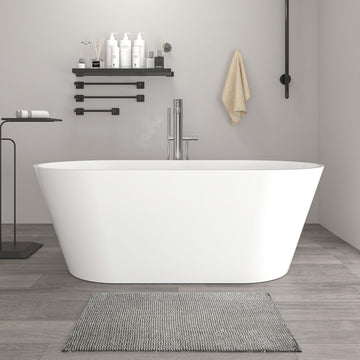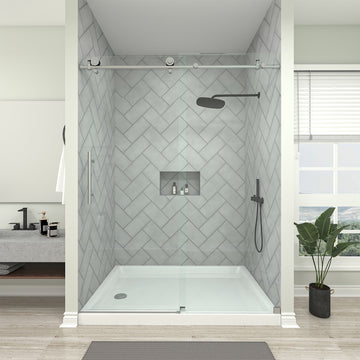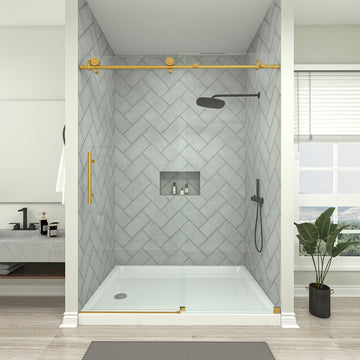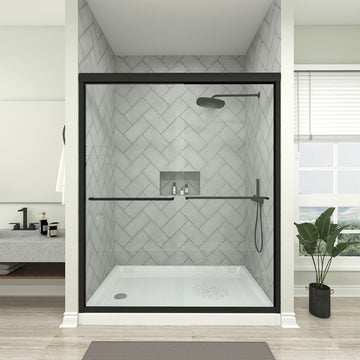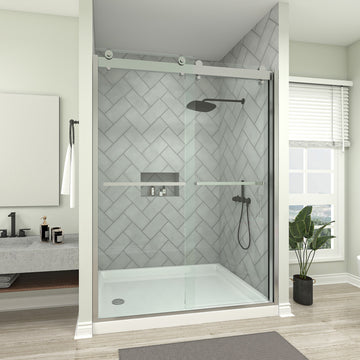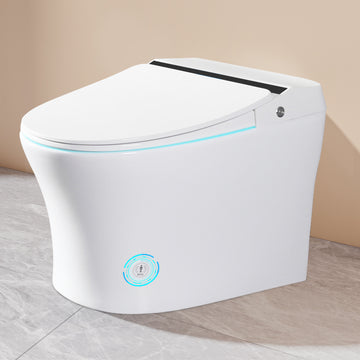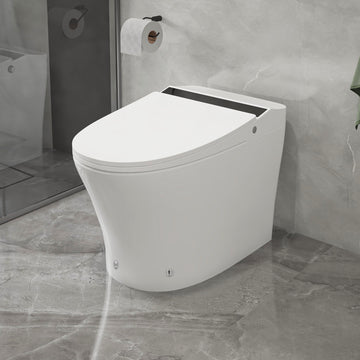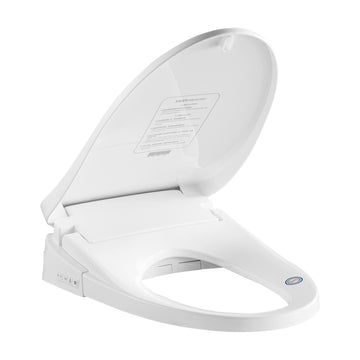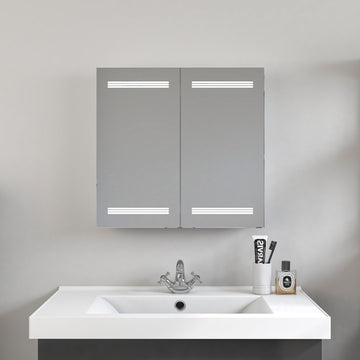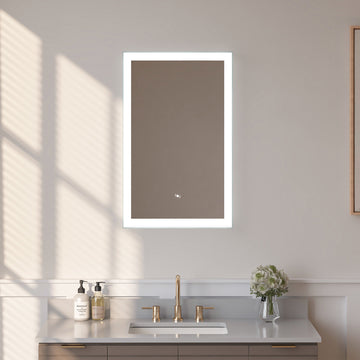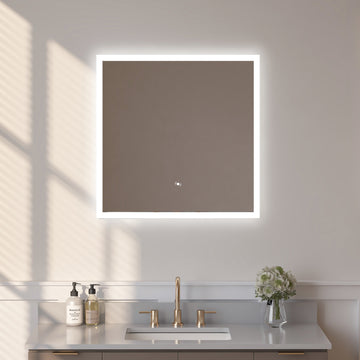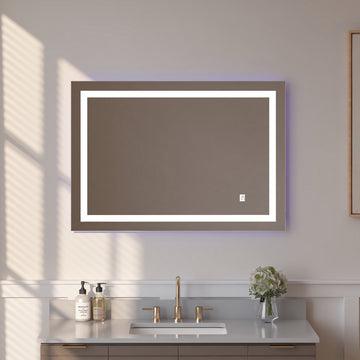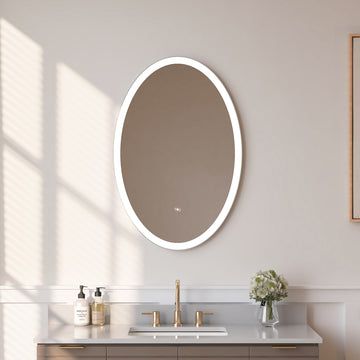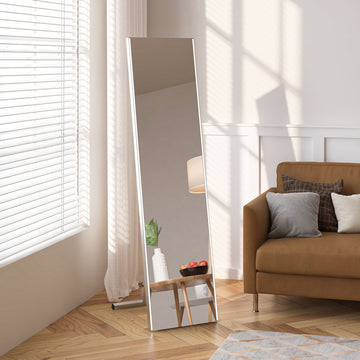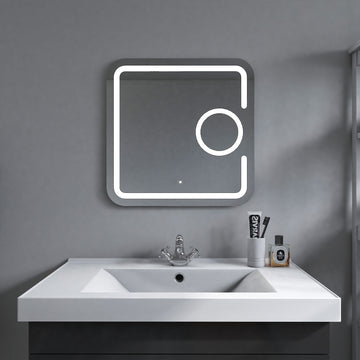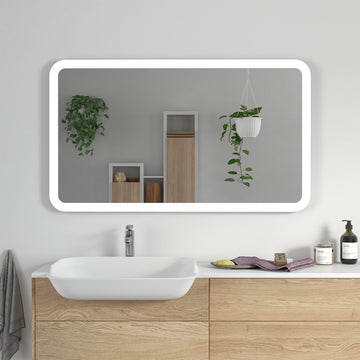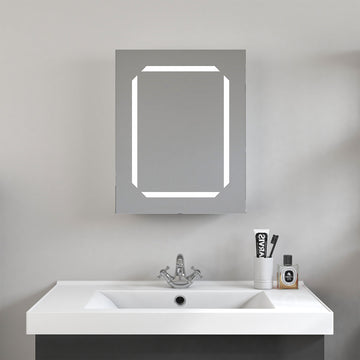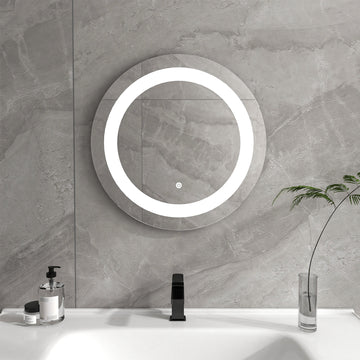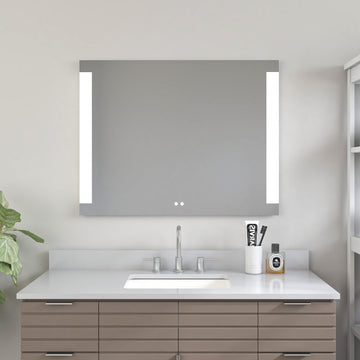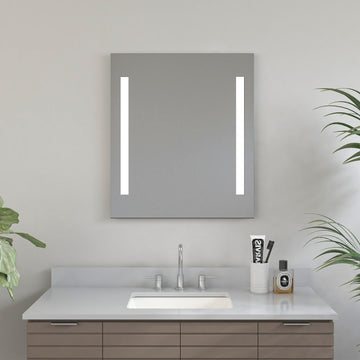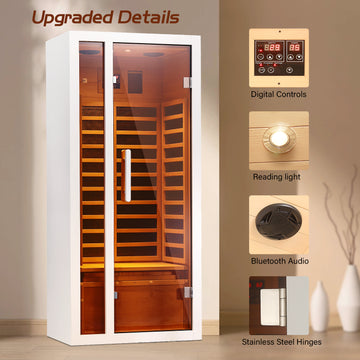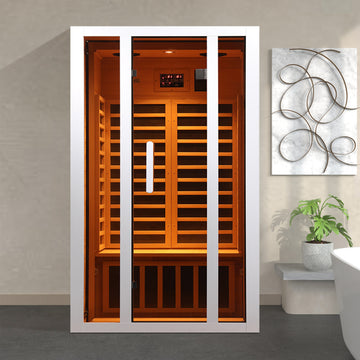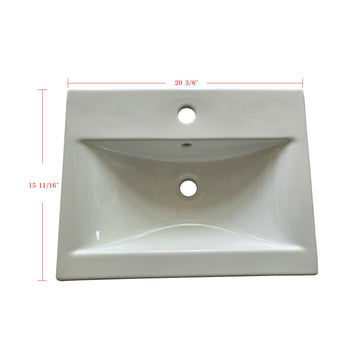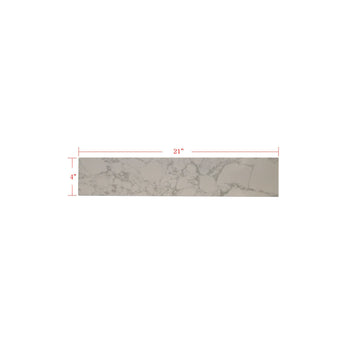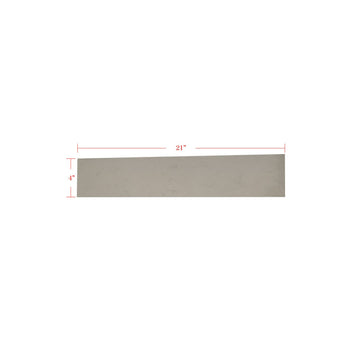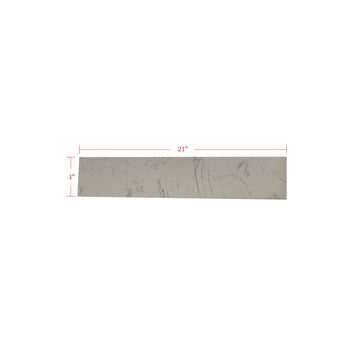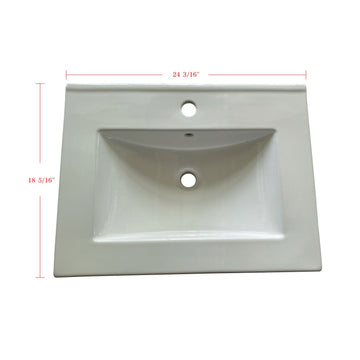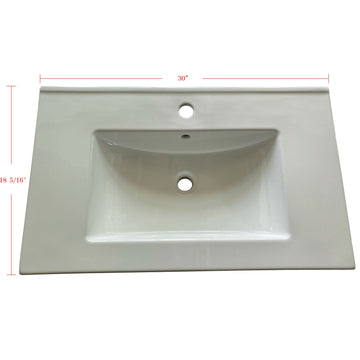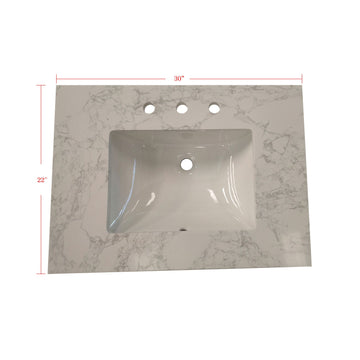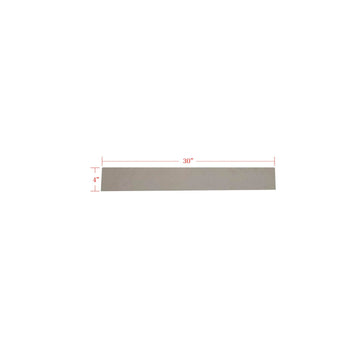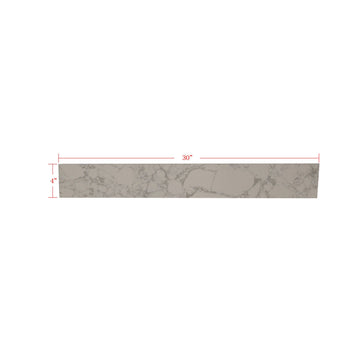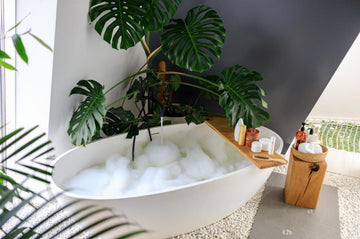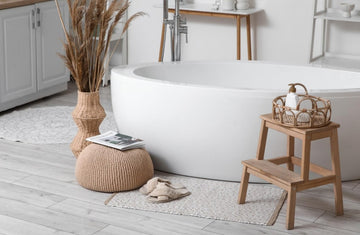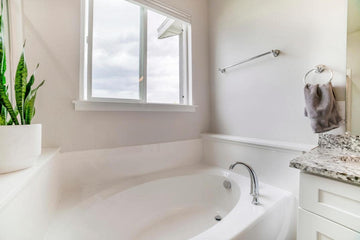Acrylic and cast iron are two of the most common materials used for bathtubs today, and both have stood the test of time in very different ways. Acrylic tubs are lightweight, affordable, and easy to install. Cast iron tubs are heavy, durable, and often seen as more of an investment piece.
If you're deciding between the two, the better choice often comes down to your budget, bathroom structure, and how much maintenance you’re willing to take on. This guide will walk you through the key differences and help you understand which one might work better for your space and needs.
What are acrylic tubs?
Acrylic is a type of plastic. Specifically polymethyl methacrylate (PMMA) that’s lightweight, moldable, and nonporous. When used to make bathtubs, acrylic sheets are typically reinforced with fiberglass to add structural integrity while maintaining a relatively lightweight design. This combination creates a surface that’s smooth, glossy, and warm to the touch.
Acrylic tubs became popular due to how easy they are to produce in a wide variety of shapes and sizes. Whether you prefer a compact alcove design or a spacious soaking tub, there’s likely an acrylic version that suits your desired dimensions. These tubs also tend to retain heat better than many metal-based alternatives and are less likely to chip or rust over time. However, the surface can scratch more easily and may lose its sheen after years of use unless properly maintained.
What are cast iron tubs?
Cast iron tubs are made by pouring molten iron into a mold, then coating the entire surface with a thick layer of enamel (usually porcelain-based). The result is a heavy, ultra-durable bathtub with a glossy, highly resistant finish that can last decades, sometimes even generations.
Compared to steel tubs, which are lighter and usually coated with a thinner layer of enamel, cast iron bathtubs offer better heat retention and are less prone to chipping. Porcelain tubs, on the other hand, often refer to steel or cast iron bases with a porcelain enamel coating; the material underneath determines the tub’s weight and durability.
Cast iron tubs tend to come in more traditional shapes and styles, often associated with clawfoot or freestanding designs. Due to their weight, they’re more challenging to install and may necessitate floor reinforcement, particularly in older buildings or upper-level bathrooms. However, for those prioritizing long-term value and a timeless aesthetic, cast iron remains a premium choice.
Acrylic vs. cast iron bathtubs

Both acrylic and cast iron are common materials used in bathtubs, but they differ significantly in feel, weight, durability, and cost. If you're trying to decide between the two, the best place to start is by understanding how they hold up in real-world use. How they look, how they age, how easy they are to work with, and what kind of maintenance they demand. This is less a question of which material is better and more about which one suits your space, lifestyle, and long-term expectations.
Acrylic tubs are often chosen for their versatility and ease of installation. They’re lightweight enough for one or two people to carry into a second-floor bathroom without much hassle. That also means they're a go-to choice for renovations or homes where floor support is limited. The surface stays warm to the touch, and acrylic holds heat reasonably well during a bath. In terms of design, the flexibility of the material allows for more shape and size options, including modern, minimalist, or space-saving forms. On the downside, the surface is prone to scratching if cleaned with harsh products, and over time, it can lose some of its original shine. Deep scratches may require repair, though they rarely impact functionality.
Cast iron tubs, by contrast, are all about longevity and presence. Once installed, they feel solid and substantial under you. They keep water warm for longer periods and have a sense of permanence that few other tubs can match. Their enamel finish is highly resistant to scratching, staining, and fading, and it’s not unusual for a cast iron tub to look nearly new decades after installation. However, the weight is a real concern. Some tubs can exceed 300 pounds even before adding water. That means professional installation is almost always necessary, and you may need to reinforce your floor to handle the load. Style-wise, cast iron is more limited, generally available in classic shapes and fewer color options. It’s also significantly more expensive, both in terms of material cost and the labor required to get it installed correctly.
Pros and cons of acrylic tubs
Pros
-
Lightweight and easy to install
-
Typically more affordable
-
Available in a wide variety of shapes and sizes
-
Surface feels warm to the touch
-
Can be repaired if scratched or damaged
Cons
-
Scratches and scuffs more easily than cast iron
-
Less durable over the long term
-
Can stain or discolor without regular cleaning
-
Surface may lose shine over time
Pros and cons of cast iron tubs
Pros
-
Extremely durable and long-lasting
-
High resistance to chips, dents, and scratches
-
Excellent heat retention once warmed
-
Classic, high-end appearance with a glossy enamel finish
-
Adds resale value to traditional-style homes
Cons
-
Very heavy, may require floor reinforcement
-
More expensive in both materials and installation
-
Fewer shapes and style options
-
Harder to install or move once placed
In short, acrylic tubs work better for modern households looking for flexibility and affordability. Cast iron tubs suit those after a more permanent fixture that brings traditional appeal and unmatched durability.
Other bathtub materials worth noting
While acrylic and cast iron are among the most common choices, they’re not the only options out there. Materials like fiberglass, stone resin, copper, and solid surface each bring their own advantages and tradeoffs. Fiberglass is one of the most budget-friendly choices, though it tends to wear out faster than acrylic or cast iron. Stone resin and solid surface tubs offer a premium feel and modern look, often with better heat retention and durability, but they come at a higher price point. Copper tubs are visually striking and antimicrobial, though not suited for every bathroom style or budget.
If you're still unsure which material works best for your space, you can read our full guide comparing all bathtub materials. It goes into more detail about how each material performs in terms of insulation, maintenance, cost, and aesthetics.
What to consider when choosing a bathtub

Choosing a bathtub isn't just about picking a material you like. It also comes down to how that tub fits into your lifestyle, bathroom layout, and long-term maintenance expectations. Start with your bathroom size. Cast iron tubs, for instance, are heavy and often harder to maneuver into tight spaces. Acrylic tubs, on the other hand, are lighter and more flexible in terms of installation. Especially if you’re working with a smaller or upper-floor bathroom.
Then there’s usage. If you take long, frequent baths and care about heat retention, cast iron might serve you better. But if you’re looking for something easier to clean, less expensive, and available in a wider variety of styles, acrylic might be the smarter pick.
You should also factor in weight. Not just for transport, but for your flooring. Cast iron tubs are significantly heavier and may require additional support underneath, especially in older homes or second-story bathrooms. Acrylic tubs rarely present this issue.
Finally, consider long-term durability versus surface upkeep. Acrylic is less resistant to scratches and may require gentle cleaning products, but surface damage can often be repaired. Cast iron is harder to damage but if the enamel chips, it’s more costly to refinish.
A tub is often the centerpiece of a bathroom. Taking the time to match the material with your actual needs will make your choice more satisfying in the long run.
Final thoughts
Acrylic and cast iron both have their place in modern bathrooms. If you want something lightweight, versatile, and more affordable, acrylic tubs cover the basics well and are easier to install. If durability, heat retention, and a more traditional aesthetic matter more to you, a cast iron tub is hard to beat, even with its added weight and cost.
In the end, it comes down to the kind of bathroom you’re designing, the way you bathe, and how much effort you’re willing to put into maintenance or installation. If you’re still unsure, it’s worth seeing both materials in person. How a tub feels can help you make the right choice.
Check out the catalog of Vanity Art in person or online if you are looking for one of those options.
